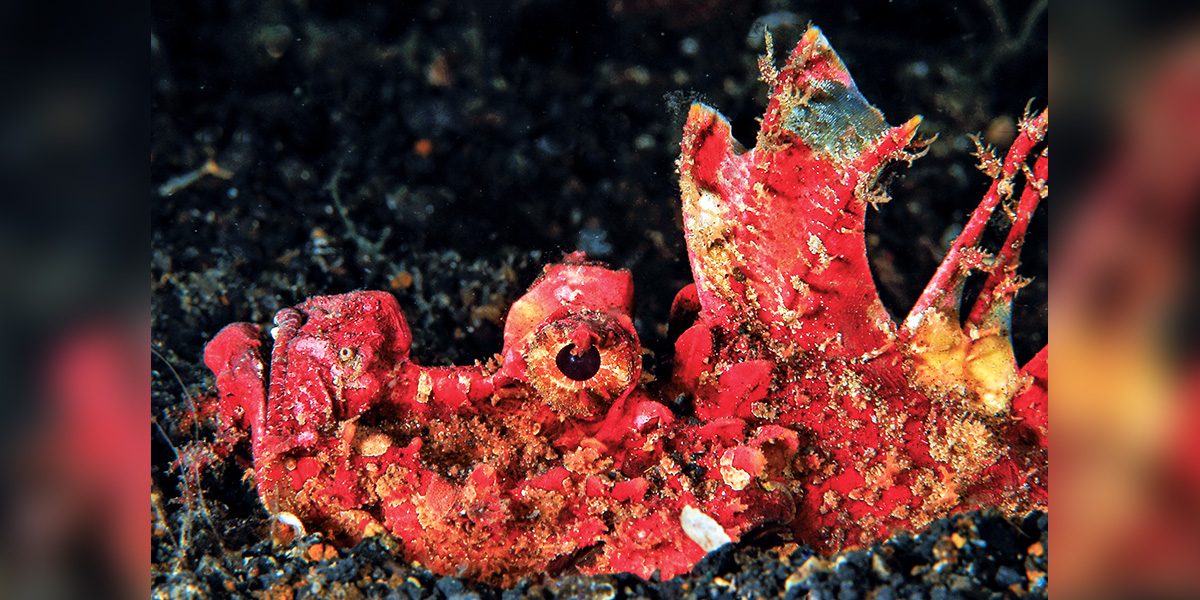Explore All Possibilities
Symptoms do not always point to just one definite cause, so it is often just as important to continue listening to the patient and exploring options that might not be immediately apparent.

Symptoms do not always point to just one definite cause, so it is often just as important to continue listening to the patient and exploring options that might not be immediately apparent.

Contrary to what you might expect, air will escape from a low-pressure hose faster than from a high-pressure hose because of the low-pressure hose’s wider opening.

The spiny devilfish (Inimicus didactylus) is a member of the family Scorpaenidae, which also contains the venomous lionfish, stonefish, and scorpionfish. These fish conceal glandular venom-producing daggers within their dorsal, pelvic, and anal fins. Divers — especially underwater photographers who may focus on one creature while others sidle up under their legs — must be aware of these animals’ subtle defense maneuvers.

Ear barotrauma (pressure-related injury) usually occurs in divers’ middle ears, often as a result of congestion. In this unusual case, however, a diver experienced ear barotrauma that resulted from accumulation of ear wax in his ear canal.

A 38-year-old diver suffered from a burning sensation in his throat and had discomfort in his neck. The diver had pulmonary barotrauma. Read more about his incident.

All diving has risks. To mitigate them, we must always pay attention to the details. The predive safety check is of utmost importance to help avoid a dive accident. The key elements are for each buddy to check the other’s BCD, weights, releases and air, and then give a final check and decisive OK. I could have avoided the entire incident had I adhered to my predive safety check and not gotten distracted, and I should have performed the safety check again before getting in the water.

Although uncommon, unprovoked sea lion bites can occur, and divers should be aware of the potential hazard. Learn more about how one diver received a bite and how the wound was treated.

Read one diver’s story about how a routine dive resulted in vomiting and other uncomfortable symptoms.

A young diver performed a shallow dive and later ascended very rapidly. Symptoms were severe but were not decompression sickness. Learn more about the incident.

This incident can serve to remind all divers of the importance of self-awareness and having an emergency action plan. It is crucial to be mindful when considering symptoms. Read more.
